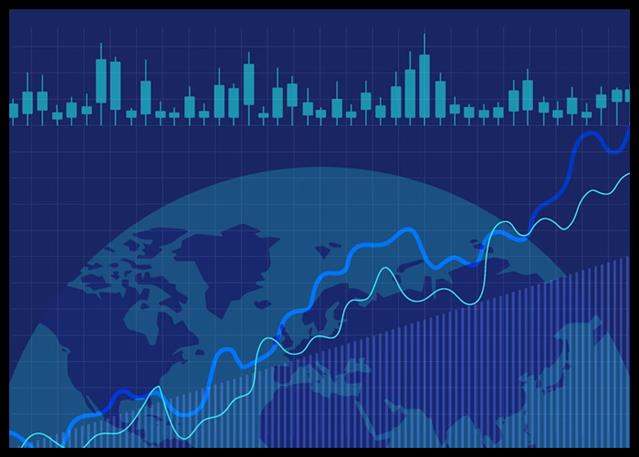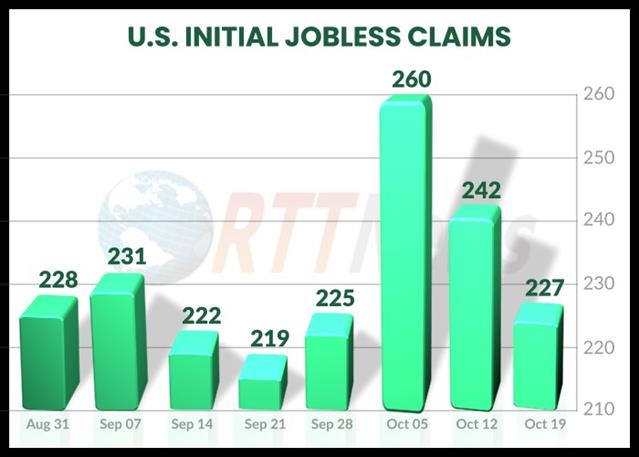ECB Policymakers Focused On September Meet To Discuss Rate Cut, Minutes Show
Policymakers at the European Central Bank were keen to explore the option of reducing interest rates in the monetary policy meeting in September as they turned wary of the mixed bag of recent economic...

Policymakers at the European Central Bank were keen to explore the option of reducing interest rates in the monetary policy meeting in September as they turned wary of the mixed bag of recent economic data, minutes of the July 17-18 rate-setting session showed Thursday.
The Governing Council, led by ECB President Christine Lagarde, left the key interest rates for the euro area unchanged in July after lowering them for the first time in five years in the previous session.
The main refinancing rate was held steady at 4.25 percent, the deposit facility rate at 3.75 percent and the marginal lending rate at 4.50 percent.
Citing the mixed trends on the inflation front, the ECB minutes, which the ECB calls the accounts, said, “…these developments suggested that the last mile of disinflation was more challenging and that the task of bringing inflation down sustainably to the 2 percent target was not yet assured, despite the significant progress made.”
Policymakers chose to adopt a cautious stance in July as Eurozone inflation was easing only gradually. They remained concerned about the stickiness of services inflation and also expressed worry over the deterioration in the short-term growth outlook.
“Such a cautious approach was particularly warranted given the prevailing uncertainties about the evolution of wages, profits, productivity and services inflation,” the minutes said.
Rate-setters were also of the view that a cautious approach would allow them to respond by following a more gradual path of reducing policy rates if inflation was more persistent than currently foreseen.
“…a gradual attenuation of policy restriction was a balancing act, as it was also important not to unduly harm the economy by keeping rates at a restrictive level for too long,” the minutes said.
Stressing the need for no pre-commitment, ECB policymakers agreed that it was “important to keep an eye on the real economy.”
“The September meeting was widely seen as a good time to re-evaluate the level of monetary policy restriction,” the minutes said.
“That meeting should be approached with an open mind, which also implied that data dependence was not equivalent to being overly focused on specific, single data points.”
A fresh set of ECB staff projections would be available in September that could reveal the path inflation and growth is likely to follow in the single currency bloc.
“The new stagflationary risk is not yet large enough to stop the ECB from cutting rates again in September,” ING economist Carsten Brzeski said.
“However, it looks like a more complicated decision than markets are currently pricing in.”
Earlier on Thursday, data from the ECB showed that the rate of increase in negotiated wages, a key component of inflation trackers, slowed sharply to 3.6 percent from 4.7 percent in the second quarter from the previous three months.
“The scale of the fall in negotiated wage inflation in Q2 was largely due to one-off payments [to public sector employees] made in Germany in March but not repeated in Q2,” Capital Economics economist Andrew Kenningham said.
“However, the underlying trend in wage inflation is clearly downwards and is a good reason to expect the ECB to cut rates again in September.”
- Check out our free forex signals
- Follow the top economic events on FX Leaders economic calendar
- Trade better, discover more Forex Trading Strategies
- Open a FREE Trading Account


